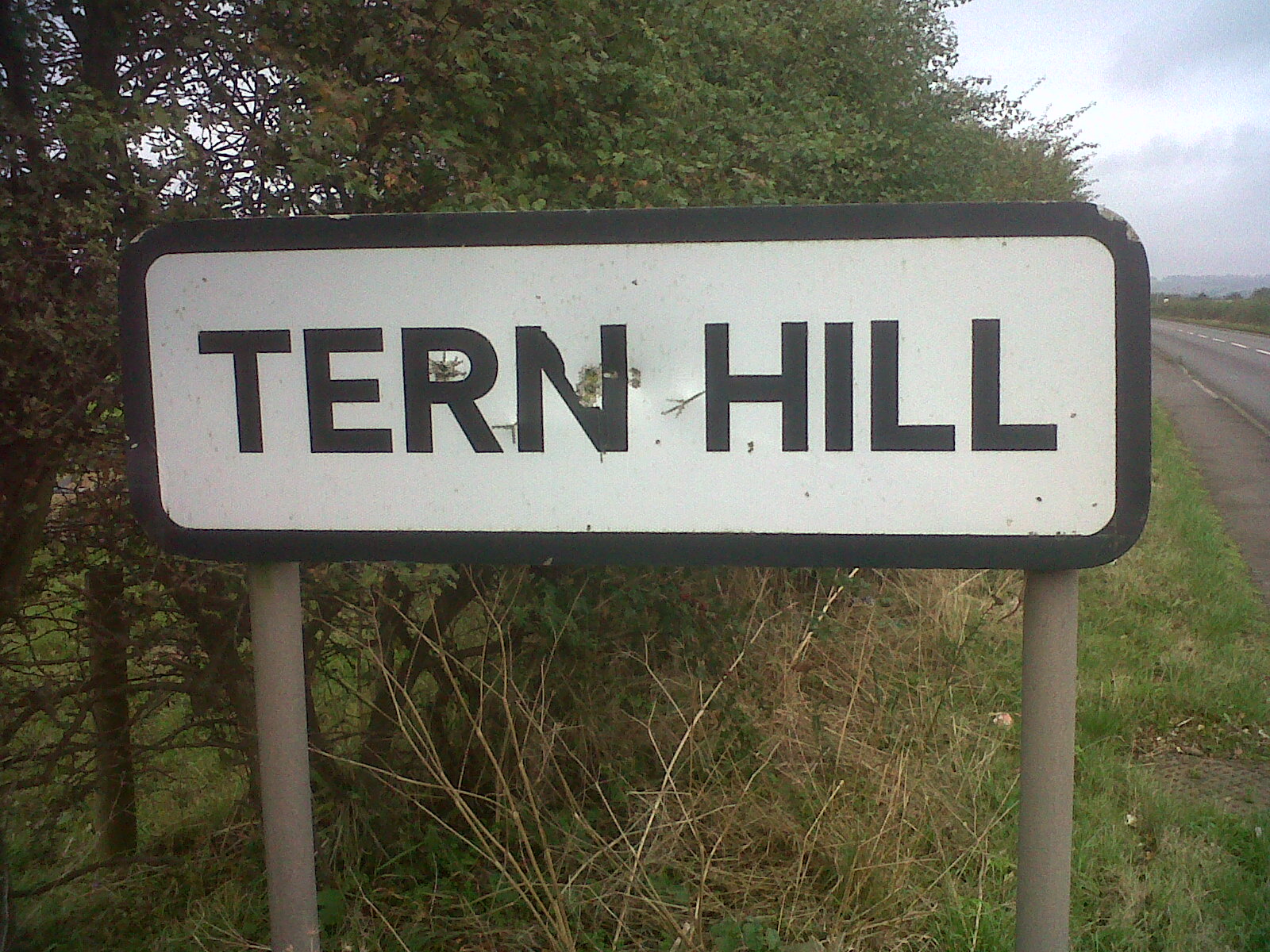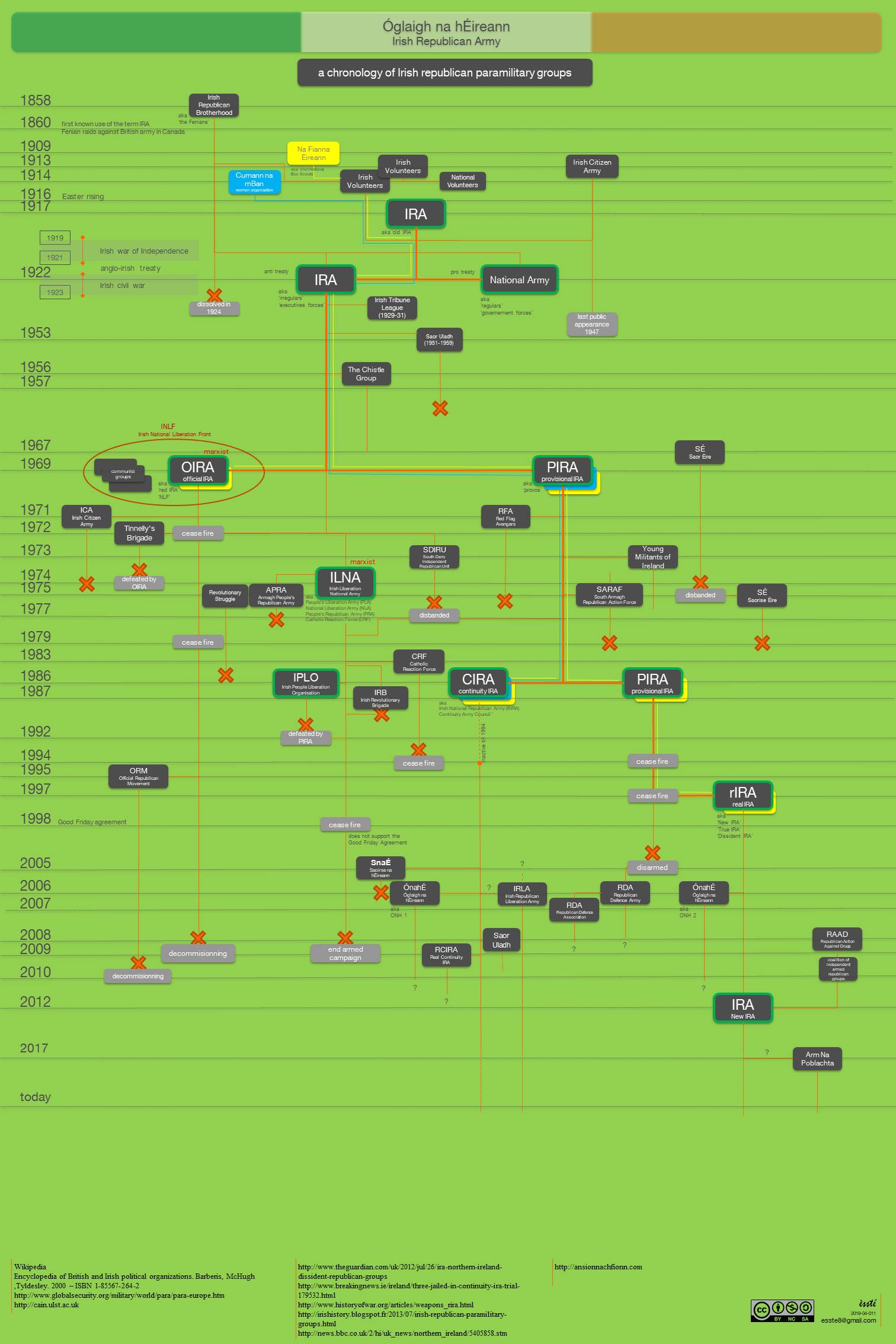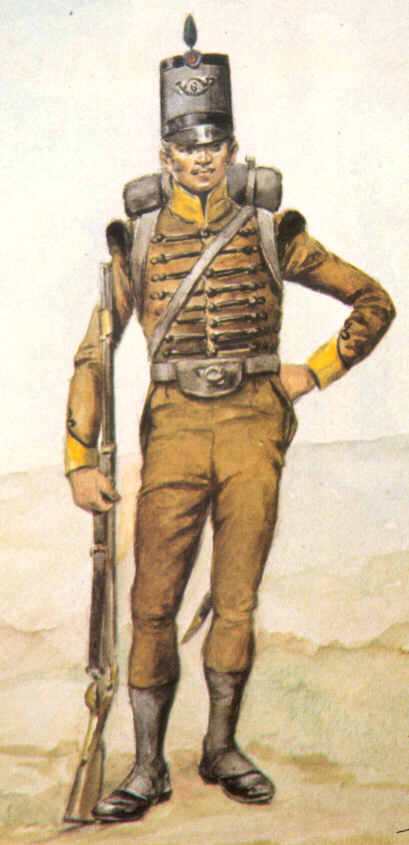|
Clive Barracks
Clive Barracks is a British Army installation at Ternhill, Shropshire, England. It is set to close in 2029. History The barracks were established on the site of the former RAF Ternhill, RAF Tern Hill airfield in 1976; they were initially named Borneo Barracks, before being renamed Clive Barracks after Major-General Robert Clive, Lord Clive, who had been born in Shropshire. Some of the early units to use the site were the Queen's Lancashire Regiment, who moved there in 1980, and the Royal Welch Fusiliers, who moved there in 1984. IRA bombing On 20 February 1989, two Irish Republican Army, IRA bombers activated two bombs within the accommodation barracks at Tern Hill. At that time the 2nd Battalion, Parachute Regiment (who had arrived in 1987) and the Duke of Wellington's Regiment, 1st Battalion, The Duke of Wellington's Regiment (who had arrived in 1989) were located at the station. A sentry spotted two men behaving suspiciously and raised the alarm, the barracks were evacuated s ... [...More Info...] [...Related Items...] OR: [Wikipedia] [Google] [Baidu] |
Ternhill
Tern Hill, also known as Ternhill, is a village in Shropshire, England, notable as the location of the former RAF Ternhill, RAF Tern Hill station, which is now operated by the British Army as Clive Barracks. The settlement is named after the River Tern which begins just south of the settlement. The population for the village as taken in the United Kingdom Census 2011, 2011 census can be found under Moreton Say. History In the 1620s and 1630s, the politician Andrew Corbet, Sir Andrew Corbet owned land in Ternhill. In 1631, he leased a Ternhill property on the terms that the lessee provide a man to serve in war, reflecting the political tensions that eventually led to the English Civil War. Transport Road The A41 road, A41 and A53 road, A53 cross over at the village and there is now a roundabout. It has direct links with major towns and cities such as Shrewsbury, Wolverhampton, Stoke-on-Trent and Chester. Bus Service Tern Hill is served by the 64 bus, operated by Arriva Midla ... [...More Info...] [...Related Items...] OR: [Wikipedia] [Google] [Baidu] |
Irish Republican Army
The Irish Republican Army (IRA) is a name used by various Resistance movement, resistance organisations in Ireland throughout the 20th and 21st centuries. Organisations by this name have been dominantly Catholic and dedicated to anti-imperialism through Irish republicanism, the belief that all of Ireland should be an independent republic free from British colonial rule. The original Irish Republican Army (1919–1922), often now referred to as the "old IRA", was raised in 1917 from members of the Irish Volunteers and the Irish Citizen Army later reinforced by Irishmen formerly in the British Army in World War I, who returned to Ireland to fight against Britain in the Irish War of Independence. In Irish law, this IRA was the army of the revolutionary republic, revolutionary Irish Republic as declared by its parliament, Dáil Éireann (Irish Republic), Dáil Éireann, in 1919. In the century that followed, the original IRA was reorganised, changed and split on multiple occasions ... [...More Info...] [...Related Items...] OR: [Wikipedia] [Google] [Baidu] |
RAF Shawbury
Royal Air Force Shawbury, otherwise known as RAF Shawbury, is a Royal Air Force station near the village of Shawbury in Shropshire in the West Midlands of England. History The First World War The station at Shawbury was first used for military flying training in 1917 by the Royal Flying Corps. No. 29 (Training) Wing formed on 1 September 1917 with three training squadrons, No. 10 Squadron, No. 29 (Australian) (Training) Squadron and No. 67 Squadron. Several different types of aircraft were operated which caused difficulties with training and maintenance. Two of the squadrons combined to form 9 Training Depot Station on 1 March 1918, the other moving to Gloucestershire. Training continued on a more organised basis until the end of the war. The airfield closed in May 1920 when the strength of the RAF was drastically reduced. The hangars and other buildings were demolished and the land was returned to agricultural use. The Second World War In February 1938 the station was rea ... [...More Info...] [...Related Items...] OR: [Wikipedia] [Google] [Baidu] |
Defence Helicopter Flying School
The Defence Helicopter Flying School (DHFS) was a military flying school based at RAF Shawbury in Shropshire, England. The school, established in 1997, was a tri-service organisation and trained helicopter aircrews for all three British armed forces. It initially used the Eurocopter Squirrel HT1 and Bell Griffin HT1 helicopters, which were retained despite the introduction of the Airbus Juno HT1 and Airbus Jupiter HT1. The school was re-badged as No. 1 Flying Training School during February 2020 and continues to provide helicopter training for the British armed forces. History Background Prior to the establishment of the Defence Helicopter Flying School (DHFS) in 1997, each of the UK's air-arms provided their own helicopter crew training. The Royal Air Force (RAF) trained crews using the Westland Gazelle HT.3 at No. 2 Flying Training School based at RAF Shawbury in Shropshire and 705 Naval Air Squadron of the Fleet Air Arm (FAA) operated the Gazelle HT.2 from ... [...More Info...] [...Related Items...] OR: [Wikipedia] [Google] [Baidu] |
Ocelot (vehicle)
The General Dynamics Ocelot, originally known as the Force Protection Ocelot, is a British infantry mobility vehicle that replaced the United Kingdom's Snatch Land Rover with British forces. It received the service name Foxhound, in line with the canine names given to other wheeled armoured vehicles in current British use such as Mastiff, Wolfhound, and Ridgeback, which are all variants of the Cougar. (It is not to be confused with the BAE Systems Australia Foxhound, a modified Shorland S600.) The goal in replacing the Snatch Land Rover was to improve protection of personnel against improvised explosive devices (IEDs). Design Designed by Force Protection Europe and the automotive engineering company Ricardo, the Ocelot is intended for use as a light protected patrol vehicle (LPPV) with specialised protection against roadside bombs and improvised explosive devices (IEDs). It can weigh up to when loaded. This is smaller than most Mine-Resistant Ambush-Protected (MRAP) veh ... [...More Info...] [...Related Items...] OR: [Wikipedia] [Google] [Baidu] |
Light Infantry
Light infantry refers to certain types of lightly equipped infantry throughout history. They have a more mobile or fluid function than other types of infantry, such as heavy infantry or line infantry. Historically, light infantry often fought as Reconnaissance, scouts, Raid (military), raiders, and skirmishers. These are loose formations that fight ahead of the main army to harass, delay, disrupt supply lines, engage the enemy's own skirmishing forces, and generally "soften up" an enemy before the main battle. Light infantrymen were also often responsible for Screening (tactical), screening the main body of a military formation. Following World War II, the term "light infantry" has evolved to include rapid-deployment units (including commando and Airborne forces, airborne units) that emphasize speed and mobility over armor and firepower. Some units or battalions that historically held a skirmishing role retain their designation "light infantry" for the sake of tradition. His ... [...More Info...] [...Related Items...] OR: [Wikipedia] [Google] [Baidu] |
Duke Of Wellington's Regiment
The Duke of Wellington's Regiment (West Riding) was a line infantry regiment of the British Army, forming part of the King's Division. In 1702, Colonel George Hastings, 8th Earl of Huntingdon, was authorised to raise a new regiment, which he did in and around the city of Gloucester. As was the custom in those days the regiment was named Huntingdon's Regiment after its Colonel. As Colonel succeeded Colonel the name changed, but in 1751 regiments were given numbers, and the regiment was from that time officially known as the 33rd Regiment of Foot. In 1782, the regiment's title was changed to the 33rd (or First Yorkshire West Riding) Regiment, thus formalising an association with the West Riding of Yorkshire which, even then, had been long established. The Arthur Wellesley, 1st Duke of Wellington, first Duke of Wellington died in 1852 and in the following year Victoria of the United Kingdom, Queen Victoria, in recognition of the regiment's long ties to him, ordered that the regiment ... [...More Info...] [...Related Items...] OR: [Wikipedia] [Google] [Baidu] |
2nd Battalion, Parachute Regiment
The Second Battalion, Parachute Regiment (2 PARA), is a formation of the Parachute Regiment, part of the British Army, and subordinate unit within 16th Air Assault Brigade. 2 PARA is an airborne light infantry battalion capable of a wide range of operational tasks, based at Merville Barracks, Colchester Garrison, England. Personnel regularly deploy outside the United Kingdom on operations and training. History The 2nd Battalion was formed on 30 September 1941, as the 2nd Parachute Battalion, and later became part of the Army Air Corps. The battalion took part in its first active operation over the night of 27–28 February 1942, Operation Biting, the raid on Bruneval in France.see In honour of the operation, C Company of the battalion took the nickname 'C (Bruneval) Company'. On 1 August of the same year, the battalion was renamed the 2nd Battalion, the Parachute Regiment. The battalion was part of the 1st Parachute Brigade, 1st Airborne Division, and fought in the ... [...More Info...] [...Related Items...] OR: [Wikipedia] [Google] [Baidu] |
Royal Welch Fusiliers
The Royal Welch Fusiliers () was a line infantry regiment of the British Army, and part of the Prince of Wales's Division, that was founded in 1689, shortly after the Glorious Revolution. In 1702, it was designated a fusilier regiment and became the Welch Regiment of Fusiliers; the prefix "Royal" was added in 1713, then confirmed in 1714 when George I of Great Britain, George I named it the Prince of Wales's Own Royal Regiment of Welsh Fusiliers. In 1751, after reforms that standardised the naming and numbering of regiments, it became the 23rd Regiment of Foot (Royal Welsh Fuzileers). In 1881, the final title of the regiment was adopted. It retained the archaic spelling of ''Welch'', instead of ''Wales, Welsh'', and ''Fuzileers'' for ''Fusiliers''; these were engraved on swords carried by regimental officers during the Napoleonic Wars. After the 1881 Childers Reforms, normal spelling was used officially, but "Welch" continued to be used informally until restored in 1920 by Army ... [...More Info...] [...Related Items...] OR: [Wikipedia] [Google] [Baidu] |
Ministry Of Defence (United Kingdom)
The Ministry of Defence (MOD or MoD) is a Departments of the Government of the United Kingdom, ministerial department of the Government of the United Kingdom. It is responsible for implementing the defence policy set by the government and serves as the headquarters of the British Armed Forces. The MOD states that its principal objectives are to defend the United Kingdom of Great Britain and Northern Ireland and its interests and to strengthen international peace and stability. The MOD also manages day-to-day running of the armed forces, contingency planning and defence procurement. The expenditure, administration and policy of the MOD are scrutinised by the Defence Select Committee, except for Defence Intelligence which instead falls under the Intelligence and Security Committee of Parliament. History During the 1920s and 1930s, British civil servants and politicians, looking back at the performance of the state during World War I, concluded that there was a need for greater ... [...More Info...] [...Related Items...] OR: [Wikipedia] [Google] [Baidu] |
Queen's Lancashire Regiment
The Queen's Lancashire Regiment (30th, 40th, 47th, 59th, 81st and 82nd Regiments of Foot) (QLR) was an infantry regiment of the British Army, part of the King's Division. It was formed on 25 March 1970 at Connaught Barracks, Dover, Connaught Barracks in Dover through the amalgamation of the two remaining Lancashire infantry regiments, the Lancashire Regiment, Lancashire Regiment (Prince of Wales's Volunteers) and the Loyal Regiment (North Lancashire). In July 2006 the regiment was amalgamated with two other Northern infantry regiments to form the Duke of Lancaster's Regiment. History The 1st Battalion served on operations in Northern Ireland in 1970, 1971–72, 1972–73, 1975–76 (resident), 1977, 1980–81, 1987, 1990–92, 1997–99 (resident) and 2001. The 1st Battalion undertook two tours with British Army of the Rhine, BAOR in the mechanised role. The first of which was with British 12th Infantry Brigade, 12 Mechanised Brigade in Osnabrück from 1970 to 1974. The sec ... [...More Info...] [...Related Items...] OR: [Wikipedia] [Google] [Baidu] |
Robert Clive
Robert Clive, 1st Baron Clive, (29 September 1725 – 22 November 1774), also known as Clive of India, was the first British List of governors of Bengal Presidency, Governor of the Bengal Presidency. Clive has been widely credited for laying the foundation of the British East India Company (EIC) rule in Bengal. He began as a "writer" (the term used then in India for an office clerk) for the EIC in 1744, however after being caught up in military action during the fall of Madras, Clive joined the EIC's Bengal Army, private army. Clive rapidly rose through the military ranks of the EIC and was eventually credited with establishing Company rule in India, Company rule in Bengal by winning the Battle of Plassey in 1757. In return for supporting the Nawabs of Bengal, Nawab Mir Jafar as ruler of Bengal, Clive was guaranteed a jagir of £90,000 () per year, which was the rent the EIC would otherwise pay to the Nawab for their tax-farming concession. When Clive left India in Januar ... [...More Info...] [...Related Items...] OR: [Wikipedia] [Google] [Baidu] |








